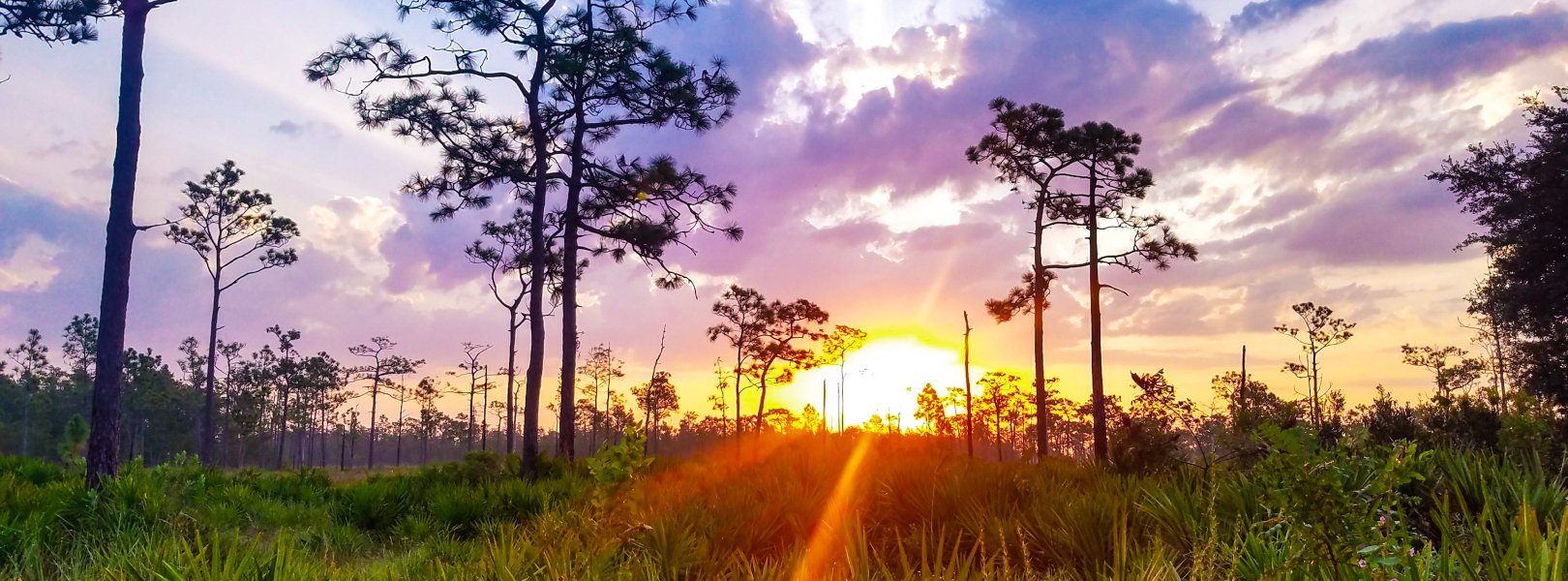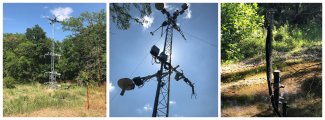Getting Started with NEON Data & Resources

About NEON Data
What types of data does NEON provide?
NEON generates standardized and quality-controlled data products including meteorological, soil, organismal, biogeochemical, freshwater aquatic, and remote sensing data. Data are collected at 81 aquatic and terrestrial field sites across the U.S. using automated instruments, observational field sampling, and airborne remote sensing surveys. For more information, explore the Data Collection section of the website.
Are NEON data free to use?
As a U.S. National Science Foundation facility, NEON makes data freely available online. Once data are collected in the field, they are processed and made downloadable from the NEON Data Portal. All data come with data collection and processing documentation. Data used in publications should be cited; see Citation Guidelines.
Are all data available from all field sites?
To determine which data products are currently available from which site, explore the availability charts on the Explore Data Products page. The default view shows the summary of data availability, but you can click on “site,” “domain,” or “state” to view availability at another scale. Keep in mind that not all data products are collected at all sites; for example, fish are monitored only at aquatic and not at terrestrial sites. During the construction of the Observatory, data collection began at different sites at different times, so the time span of data available is not the same for every site. For more information about availability and latency, see the Data Availability page.
How do I get NEON data?
NEON data may be downloaded using the graphical user interface on the NEON Data Portal or programmatically using the NEON Data API. More details about how to get NEON data are listed below.
What do I get when I download the data?
Depending on the data product, you will receive a zipped folder of files that may be in CSV, HDF5, TIF, or other format. You can also select to download all related documentation which typically include a user guide and protocols for the collection and processing of the data product. CSV and HDF5 files are organized by field site and month. For these, the neonUtilities package, available in both R and Python, can be used to join (or “stack”) the data tables in these files into single, continuous tables that are easier to analyze. We suggest following these steps in the Download and Explore NEON Data tutorial to “stack” your data prior to your analysis. The neonUtilities package also offers many other tools for working with NEON data.
Resources for Accessing & Downloading NEON Data
Exploring and Downloading NEON data products video
With over 180 data products and 81 field sites, exploring NEON data may feel a bit overwhelming. Fortunately, the NEON Data Portal organizes these data into an intuitive framework that makes it easy to search for and download the data that you need. To learn how to navigate the NEON Data Portal and download data products watch this video walkthrough of the Data Portal.
Access NEON Data Visual Guide
This presentation provides a step-by-step overview of how to access and download NEON data from the NEON Data Portal.
Recorded Webinar: Access NEON: Data Portal and Tools for Accessing and Understanding NEON Data – an ESA Webinar
In this 1-hour recorded webinar, NEON scientists Megan Jones and Claire Lunch lead participants through the NEON website and NEON data portal to learn about currently available online resources and how to download NEON data. Then, all participants learned how to use the neonUtilities R package to format NEON data into a format that is easier to work with and to download data directly into R.
Resources for Working with NEON Data
Data Skills Tutorials
NEON maintains a library of over 100 free online training tutorials to teach users how to work with NEON data. These tutorials are self-paced and can be downloaded directly into your programming environment. The Get Started with NEON Data: A Series of Data Tutorials is a great place to start if you are just beginning to work with NEON data.
Check out all of our Data Tutorials Here
Code Resources
Check out the Code Hub for an index of open code resources available for working with NEON data. Some of these resources were developed by NEON staff, and others are shared by end users. Open NEON code resources include code designed to make working with NEON data easier, code to perform useful algorithms on select data products, and the code used within NEON data pipelines to generate select data products.
neonUtilities - working with Zipped & Site by Month Files
When you download data off the data portal, in many cases the data will be formatted as a zipped file that includes individual data files organized by field site and month. The neonUtilities R package (direct installation available through CRAN) allows you to join (or “stack”) the .csv data tables in these files and is probably the first thing you want to do with the data you download. The neonUtilities R package also offers many other tools for working with NEON data. Are you a Python user? The neonutilities package is also available in Python.
Super Easy R Stacker Script for Beginners
Are you a beginner R user? This super simple R script is perfect for data users who want to stack NEON data but are not that familiar with working in R. Using only three lines of code, you will be able to combine multiple months & sites of NEON data. Please note that this script will only work for NEON data products that are delivered as zipped folders of .csv files (most OS and IS data products but not AOP or bundled eddy covariance data products).
Resources for Educators
Teaching Modules
In collaboration with the Quantitative Undergraduate Biology Education and Synthesis project (QUBES), NEON maintains open access teaching modules. These modules were developed in collaboration with outside faculty and include lesson outlines and presentations, faculty notes, curated datasets, relevant readings, and data skills activities designed to teach essential data skills and ecological concepts to undergraduate students. The modules can be adapted and modified to fit your course goals.
Check out all of our Teaching Modules Here
Science Videos
NEON maintains a library of videos on our YouTube channel: NEONScience. The channel includes a variety of video playlists that feature an introduction to NEON, how to access and work with NEON data, drone footage of NEON’s field sites, and science lectures on ecological concepts presented by NEON staff and outside faculty. The video series Bringing Open Data and R Into the Undergraduate Classroom features outside faculty presenting on how they incorporated NEON data into their curriculum, and is particularly useful for educators interested in bringing NEON data into their classrooms.
Protocol Documents

The NEON sampling protocols are the result of extensive research and collaboration of NEON scientists with other experts in the community esp. through our Technical Working Groups, adopting standard methods whenever possible, and finally field testing at a selection of NEON sites.
NEON provides documentation on our data collection methods, which can be downloaded with the data or separately. Methods within these documents can be used and modified for classroom field experiments. Terrestrial & Aquatic protocol documents can be found in the Document Library.
View NEON's Document Library Here
Resources for Research Support
NEON can provide researchers and educators with Letters of Support to accompany proposals that include the planned use of NEON resources. Additionally, the NEON Research Support Services makes available certain components of NEON’s infrastructure to members of the community to support their own research or other activities. These components include: access to NEON infrastructure, including Mobile Deployment Platforms, site coordination, and labor pool of field ecologists, engineering, and science staff.

Mobile deployment platforms at different NEON sites
Other Resources
There are many resources and tools on the NEON website, including taxonomy lists, document libraries, a sample viewer, data product updates, and FAQs. Please dig in, explore the portal, use NEON data, and if you don't see what you are looking for, we encourage you to send in feedback and requests to NEON.